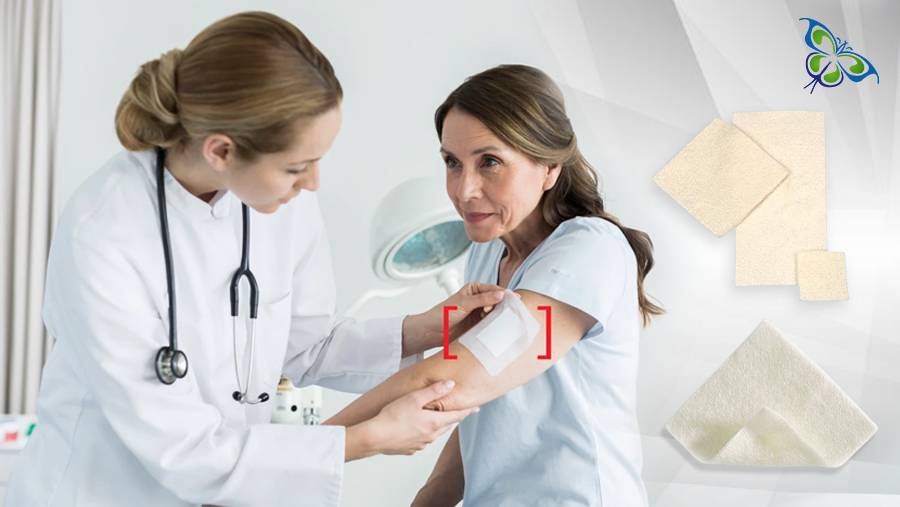
Hello
Select Address

Accidents are unprecedented; when they occur, they leave both the affected and their family members in a soup! Overall knowledge of wound dressings would help to cope with such incidents especially when there are young children at home! People in the healthcare fraternity, however, have a detailed impression on the different types, functionalities, indications, and contraindications of the various types of wound dressings.
This write-up is an insight into one of the common types of specialty dressings – alginate dressings.
An overview...
Alginate dressings, precisely, are underused and less documented in the medical world as compared to modern dressings. However, they are a boon for heavily exuding wounds. Now, why do alginate dressings work well in such wounds?
Alginate dressings are made from seaweeds. Polysaccharides derived from the calcium salts of seaweeds are the primary constituents of the soft non-woven fibers of these dressings. Key properties of alginate dressings which make them highly effective for wound dressing are –
1. Biodegradable
2. Non-adherent, and
3. Highly absorbent
How do alginate dressings work?
When alginate dressing comes in contact with a wound that is exuding, sodium salt is produced. A by-product called hydrophilic gel is formed. The most lucid manner to apprehend the working of such dressings is – at the time of removal, you may notice that all the alginate has gelled! If not, either of the two possibilities is true –
1. The dressing is being removed too early, or
2. There’s not enough draining to indicate the need for an alginate dressing.
The moral of the story says that alginate dressings should be kept aside for considerably draining wounds to the severe ones. Else, the wound bed could substantially dry out and critically complicate the entire healing process! The gel that forms actually helps in retaining moisture at the wound bed.
Forms of alginate dressings
Alginate dressings are available in 3 forms – pads, ropes, and ribbons. They, however, always require a secondary dressing to hold them in place. Although self-adhesives are present, yet, wounds that drain heavily make the product 15 to 20 times heavier! Hence the need for a secondary dressing arises.
The primary form of such dressing is the ‘calcium alginate’ dressing. Made from salts obtained from an acid that is found in the algae of seaweeds, these are known for absorbing excess exudates from wound sites. They quickly form a non-adherent gel which keeps the environment moist. This results in providing added protection to prevent trauma not only to the bed but the surrounding skin too.
Sodium alginate, on the other hand, is used to improve the experience of gelling. Alginate dressings sometimes use antimicrobial agents like zinc or silver. However, when choosing antimicrobial agents or antimicrobial dressing, it is better to go by an expert’s prescription. According to best practices, they can be used up to a maximum of 14 days!
Applications
Although the medical literature on alginate dressings is not too vast, yet, the range of their applicability is a wide one indeed. Common cases where they are applied are –
• Trauma wounds
• Diabetic ulcers
• Pressure ulcers
• Burns with partial-thickness
• Wounds following a surgery
The lucrative benefit of alginate dressings is that they may be left unchanged from 5 to 7 days, however, for severe and infected wounds, the beds need to be inspected on a regular basis.